Review of Roja
Introduction
Roja, which was a blockbuster in south India in 1992, was dubbed into Hindi to repeat its success in northern territories. After dubbing work and some re-editing was completed its released in 1993 and became the highest grossing Indian film of that year.
DEI understanding the importance of this film has now brought it onto the DVD format and have once again lived upto the expectaion in terms of quality.
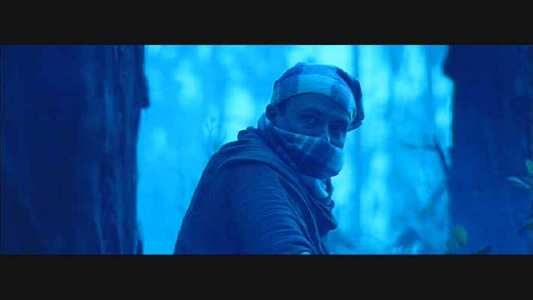
Video
This DVD has kept the original intentions of the director as it has been framed according to the original aspect ratio of 2.66:1. The 35mm negative print source is quite good despite not being the original interpositive negative of the film, as this is the Hindi dubbed version. It would have been better if DEI had purchased the rights to the Tamil version of the film, so that the original language is intact and the source used would have been much better. Also it would have been a landmark DVD if DEI provided two audio tracks, one Hindi and one Tamil to keep audiences happy. I would assume that they didn`t do this as it would mean purchasing both the Hindi and Tamil film rights.
The print source does display little signs of wear and tear during reel changes. DEI have done there best to use DVNR (Digital Visual Noise Reduction) to hide most of the blemishes away during the running time of the film. This would mean that some digital filtering can be seen in a few scenes. While they seem not to be too distracting on a regular size television, it would impact on viewing on a home cinema television/projection set. Indeed I found this to be the case, but could understand why DEI had taken this path. They feel that it is better to hide the wear and tear marks by using this process. I would also agree as many indian films have already been damaged due to time and the mishandling of the negatives. Its a small price to pay if you want the film to look fresh, and indeed this is the case on this DVD.
To compare what I mean how DVNR makes a difference compare the Roja DVD to the Kasoor DVD by EROS Multimedia. The Kasoor DVD uses noise reduction to rid the film of grain, but still present on the picture are many white and black dots which are apparent throughout the movie. This creates a lack of freshness and loses certain quality appeal to normal consumers eyes. This is damaging as Kasoor is a newer film then Roja, yet the picture states something else..
The DVD shows no major signs of compression artefacts, while grain problems, shimmering, and moiré effects are viewable only in a fraction of scenes and will certainly go unnoticeable. Picture information here is very well handled as the sharpness is correctly balanced to ensure that detail is shown to its maximum capacity. This is further helped by the high average bit rate.
Colour definition and saturation was also rather well defined. Moments of greens seen in the valleys of Kashmir are exceptional and added more colour detail to the whole picture. There are moments when the picture does have brown hues, which is due to the print source. But the brown hues hardly distract and only appear during the temple scenes in Kashmir. When brown hues does take place at the kidnappers hideout this is intentional on the filmmakers behalf as it is also present on the Tamil version of the film during its cinema release. Also intentional is the blue hues seen at the start of the movie, to highlight more clearly what is occurring.
Contrast levels and black shadows revealed details that was appropriate. There are times when it appears to be suffering from extremism, but this is apparent in many Mani Ratnam films. In the film Dalpathi (1997), which also was photographed by Santosh Sivan, the use of extreme lighting was used, and this trademark has appeared in many of their other features including Dil Se...(1998).
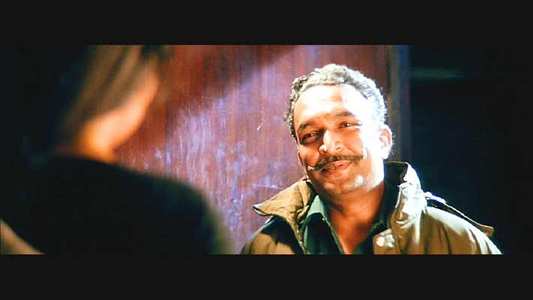
Audio
The soundtrack has been kept to its original mono source. While limited to one mono track the dialogues are audible to the ears. There wasn`t much distortion detected although it would have been nice if DEI would have found the stereo track, which was heard on Channel Four`s showing of the film in the summer of 1997 in the UK.
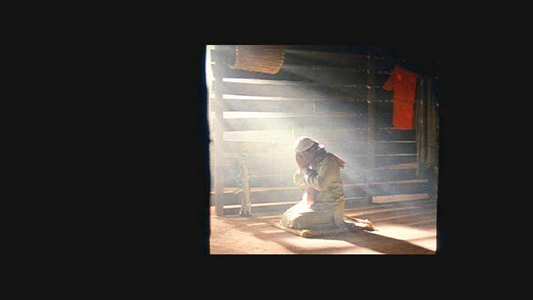
Features
The only extra that this DVD has is the original theatrical trailer which has been given an anamorphic transfer. The trailer is presented in its original aspect ratio, and has a whopping running time of 6 mins. Picture quality is good but you can tell that the negative has been through many cinema halls with its high wear and tear blemishes presence. Still a good extra, and the inclusion of an anamorphic transfer was a positive aspect (forgive the pun) on this DVD.
If one thing really disappointed me on this DVD then it was the DVD sleeve design. Menus were the usual standards of DEI. The English subtitles used was very well laid out font wise and grammar wise.
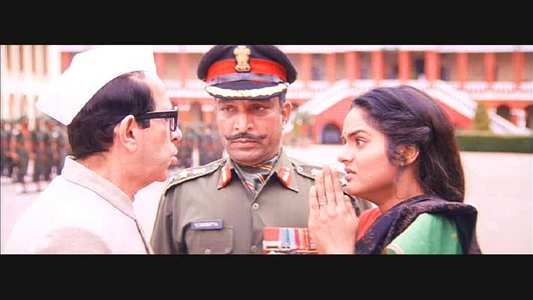
Conclusion
Director Mani Ratnam, had become a household name with the feature and soon was recognized for his other great works such as Nayakan (1989), Bombay (1994), Thiruda Thiruda (1996), Dil Se...(1998) and the excellent Alay Payuthey (1999). The film Roja, is a mixture of heart-warming melodrama, and a strong political message that can apply to any part of the world which has similar issues and debates.
While the film serves to be patriotic, it also gives us a new perspective from the victim`s point of view in situations like kidnapping. However not only is Roja`s story looked upon, but the terrorists view is touched with sentiments and sympathy.
A couple of scenes like the Indian flag burning may seem a little overly done but shows us the poetry of patriotism that is inside most of the country persons. Kudos for Mani Ratnam who uses this film as a tool for being both daring and intellectual by taking on a subject like this. It could have been easy to lose track upon with its narration, but the director tightly ensures the audiences that what they are about to see will be both gripping and different. Also the content of the screenplay, and dialogues (although the Hindi version is quite poor) is quite exceptional and will make audiences sit up and take notice.
The film also showed the rest of India how far South Indian films had gone technologically, and in their use of story telling. Once a upon a time South Indian films was quite successful during the eighties, with the Padmalaya Banner ruling that era with films like Himmatwala (1981), Mawali (1983), and Justice Chowdary (1984). However with the rise of television, and their films becoming too predictable audiences simply said no more and the banner went dead in North India. It was a big risk for the banner Hansa Pictures to purchase the rights to the film Roja, for Hindi dubbed version, and to release it in the market. The film not only did well in India, but also made an impact on the oversees market as well. In the UK the film was so popular that its video release was held back for nearly two years. This film reopened a gateway to south Indian films that are presently either dubbed or are being re-made.
There are three successful reasons to why the film made such an impact. Firstly the director whose creativity and storytelling technique was very new to Hindi audiences, and served as a breath of fresh air. His use of how to handle the acting abilities of the cast was also exceptional. All cast members performances was great, and this film is considered to be both Arvind Swami and Madhoo`s best work to date.
The second reason for its success was the excellent technical values which showed sings of Indian cinema become on scale with the rest of the world. This is due to the great photography by Santosh Sivan whose handling of capturing scenic natural settings made Kashmir, and other parts of India, come alive on screen. Also the excellent editing by Suresh Urs, and set designs added more so to the viewing experience.
Finally the music composed by A.R Rahman, who was introduced in this film, broke conventions of Hindi cinema, setting a new tend of music compositions and direction. With the use of excellent fusion of east and west compositions created very successfully.
The film is certainly a landmark in Indian cinema history, and is a wonderful piece of canvas that will become a classic in the years to come with the help of this fantastic DVD!
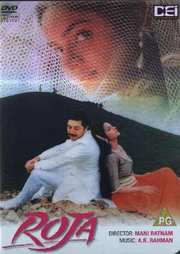
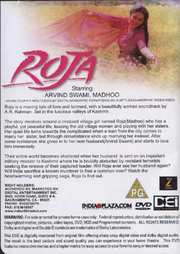





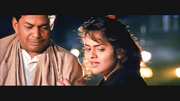
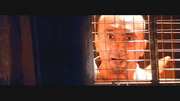
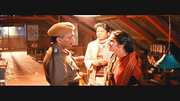
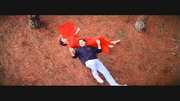
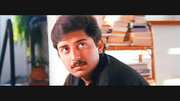
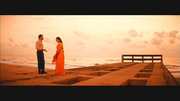

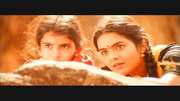

















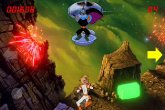











Your Opinions and Comments
Be the first to post a comment!